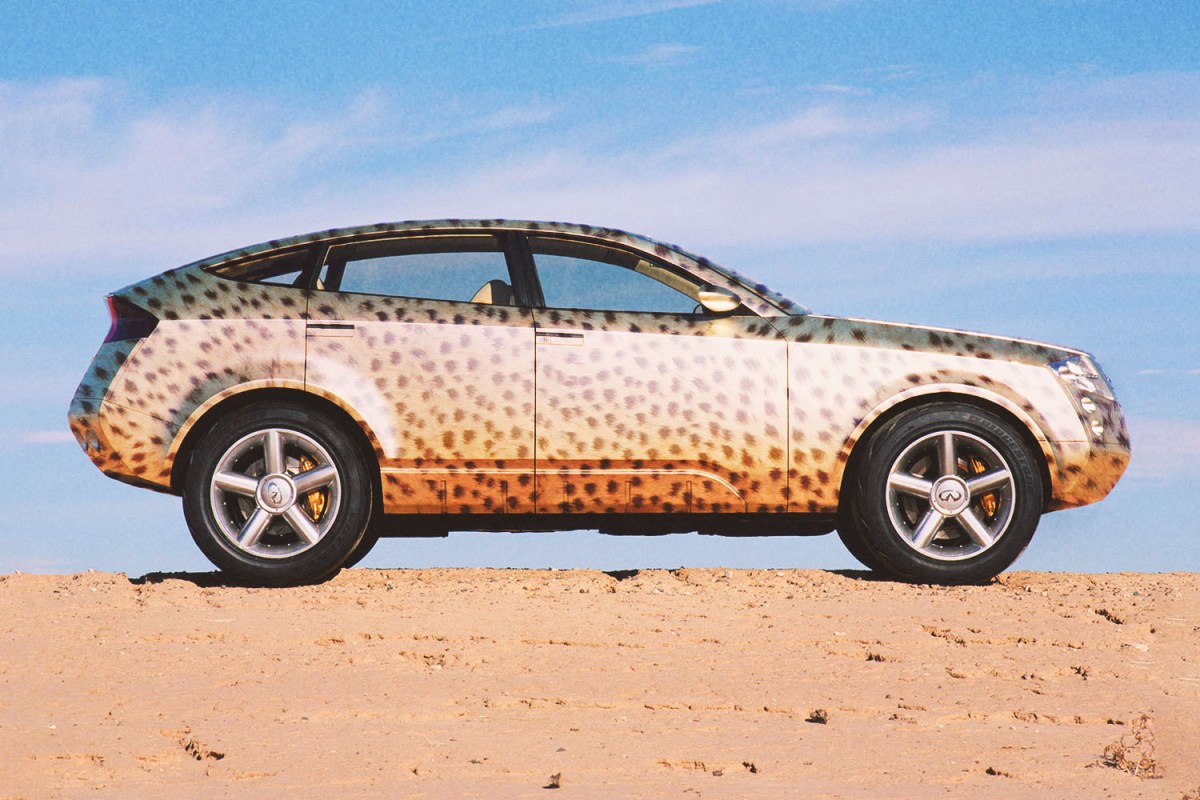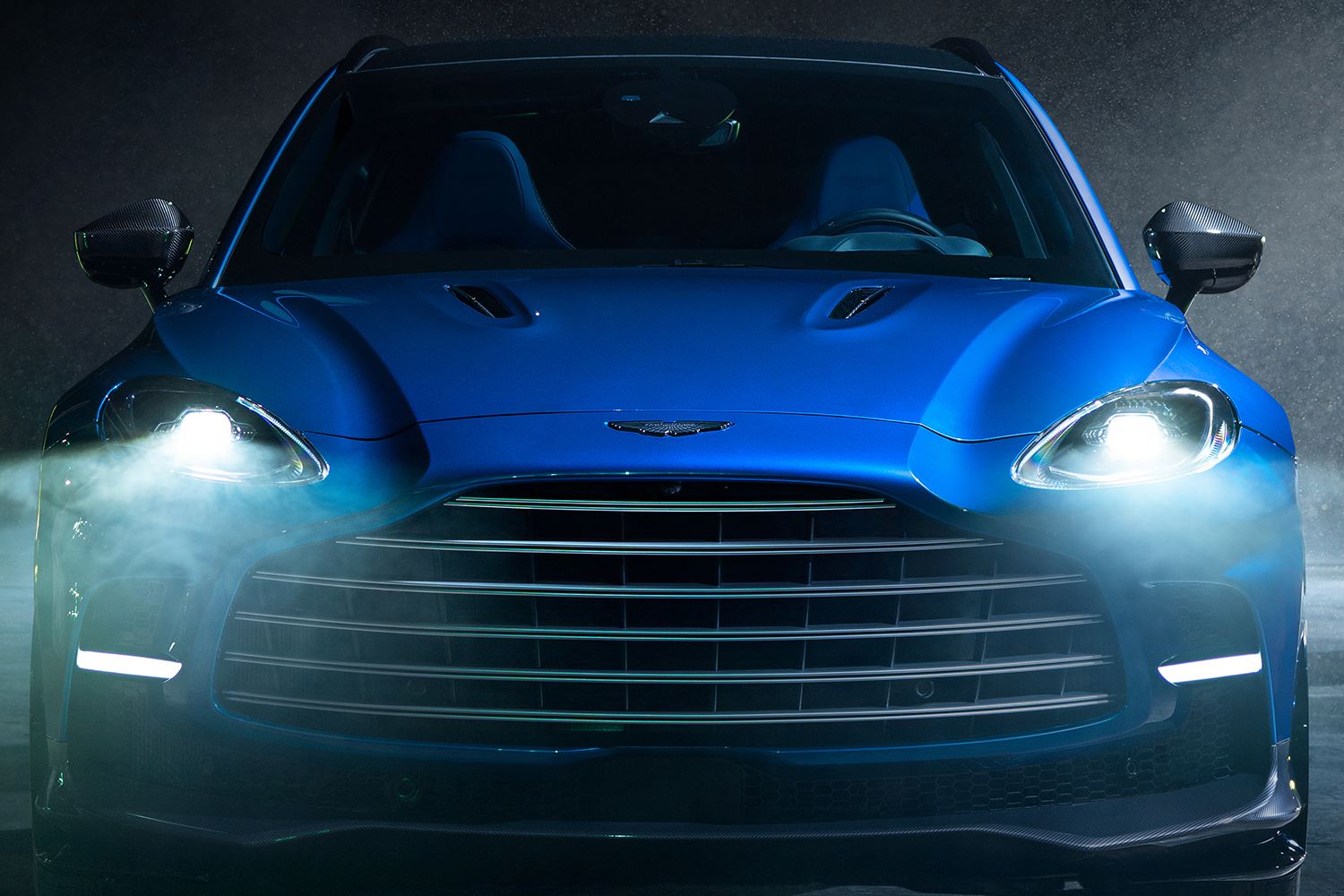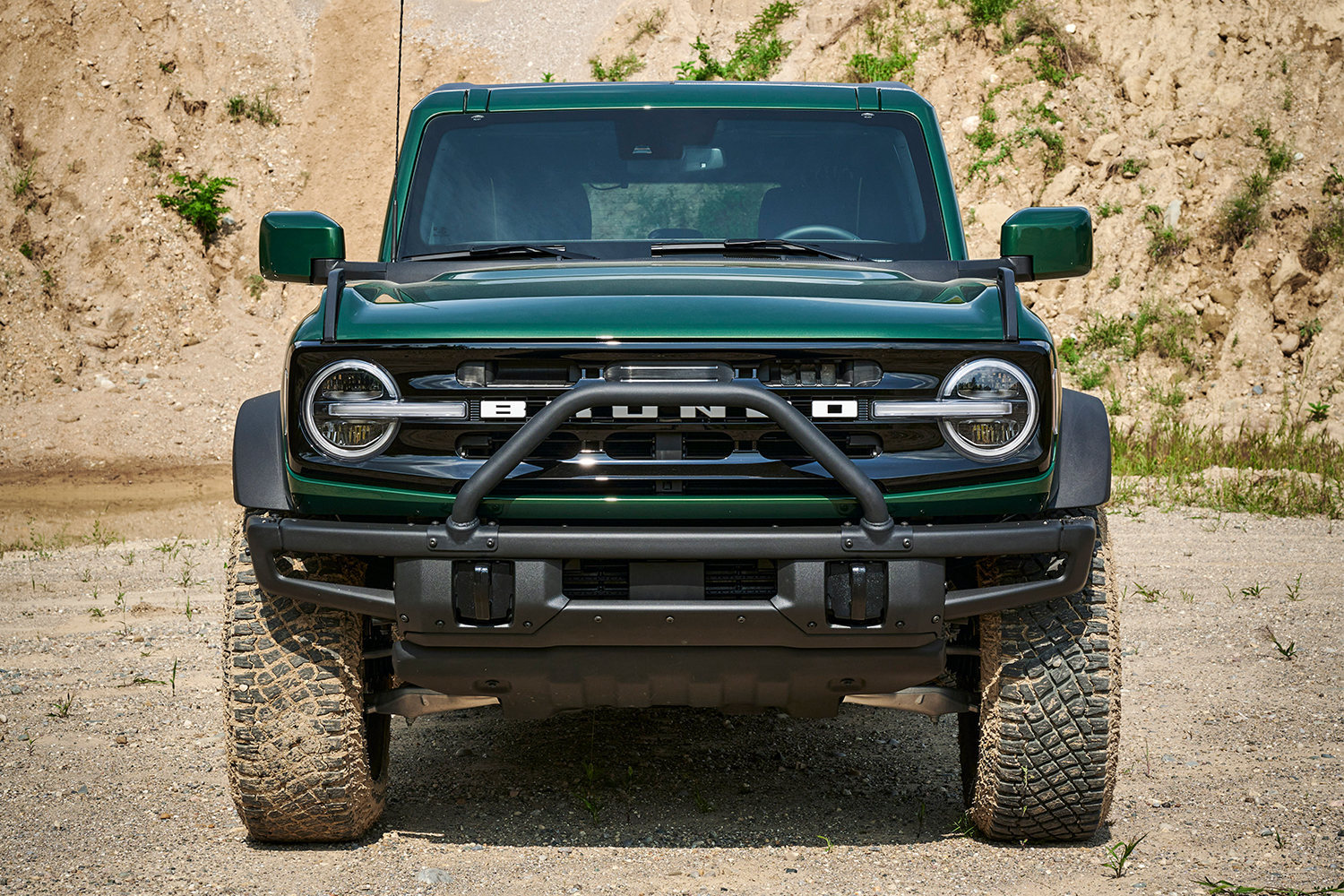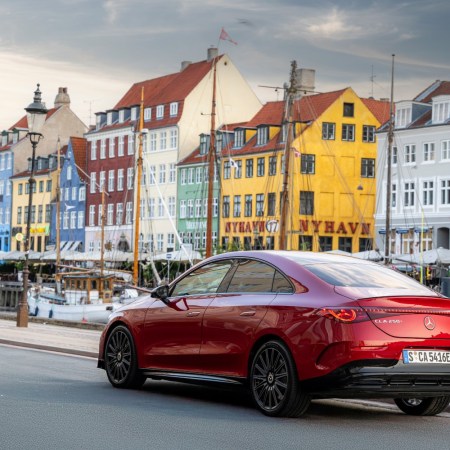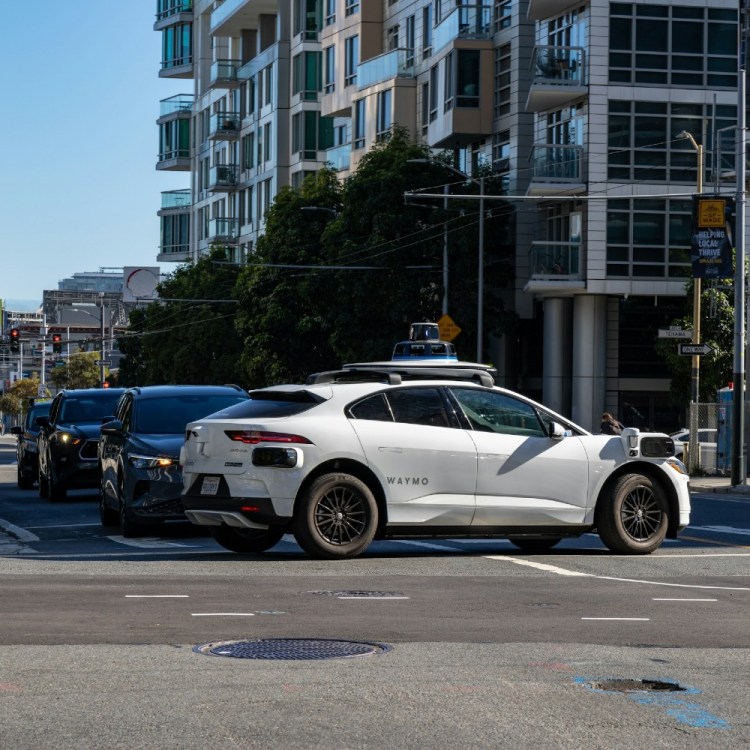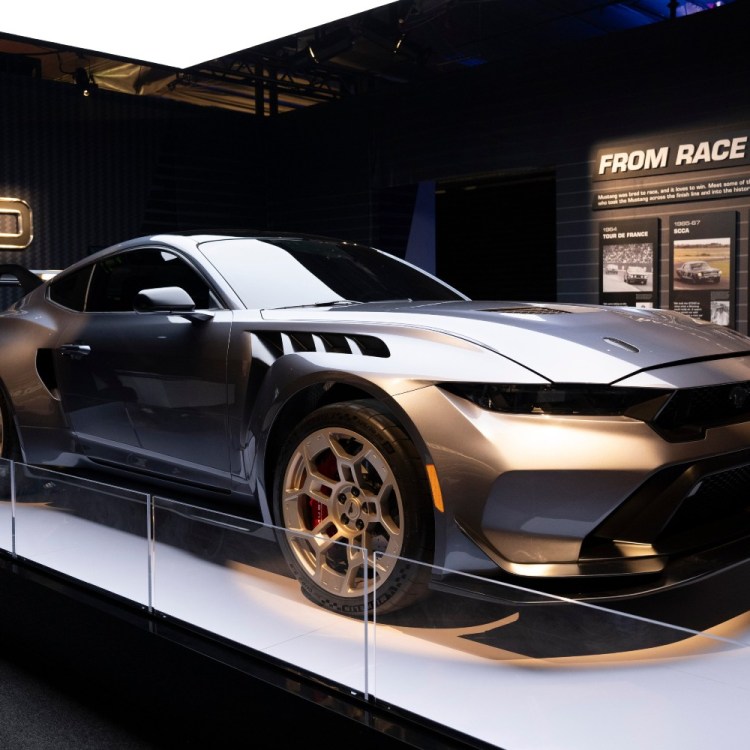The early 2000s saw the SUV revolution picking up a full head of steam as automakers began to add haulers of all shapes and sizes to their respective lineups. In addition to the traditional full-frame trucks, increasingly it was car-based crossovers (claiming to marry the comfort of a sedan with the practicality of a sport-utility) that became the bread and butter of companies eager to cash in on the higher transaction prices associated with these tall wagons.
Few brands took the sedan-on-stilts aesthetic as far as Infiniti. Having previously adopted the off-road-ready Pathfinder from parent company Nissan (sold as the QX4), the brand’s marketing mavens cast their gaze across the luxury landscape in search of a proper sequel. What they landed on was a niche almost no one else had, at that point, considered: the SUV-as-sports-car.
What they birthed into the world was the “Bionic Cheetah,” Infiniti’s own nickname for its FX series of crossovers. These over-muscled machines borrowed more than a little from the Nissan Z parts bin, and in the process set a tone for high-performance SUVs that most of its rivals simply couldn’t match. So where’d the Cheetah disappear to?
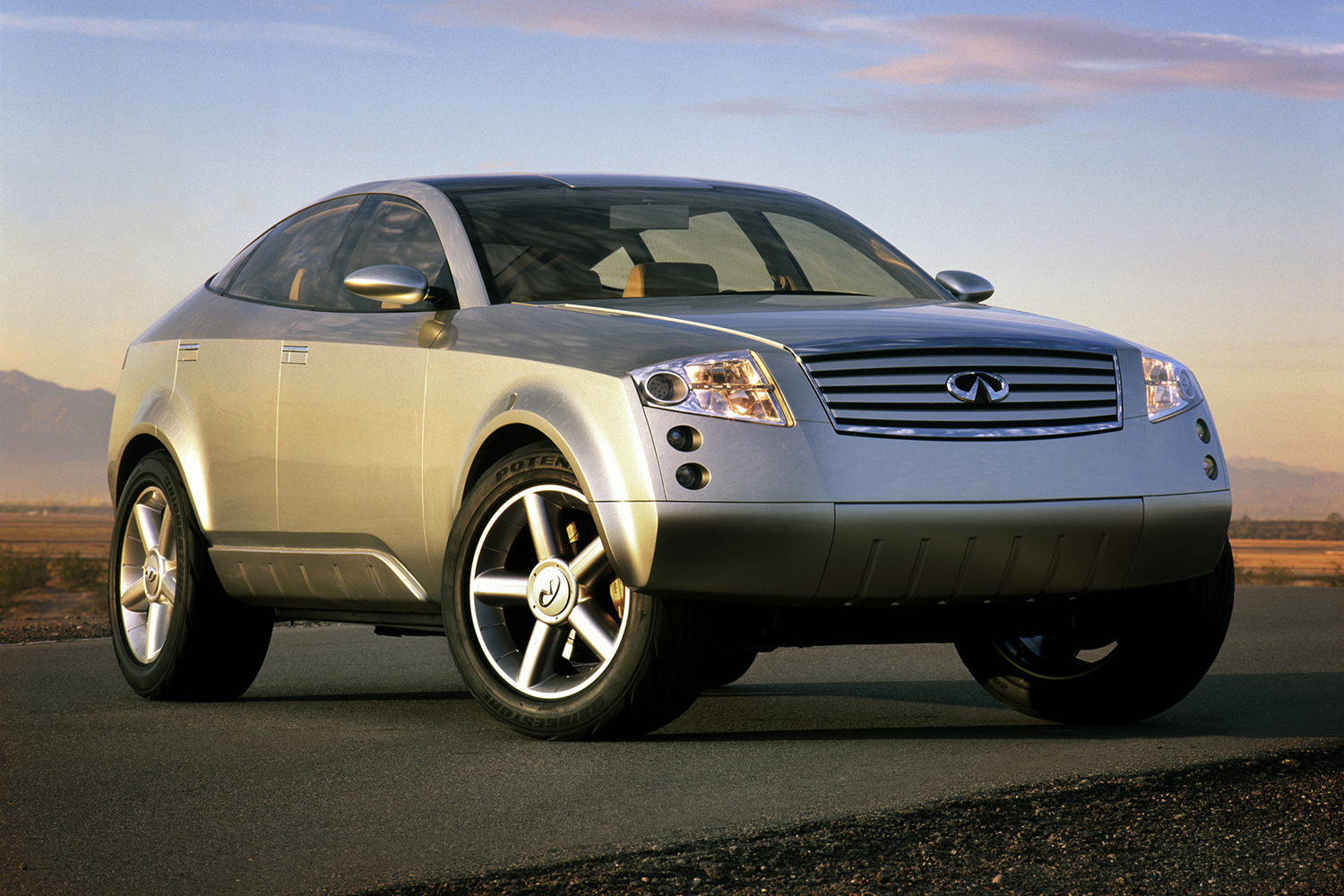
Walking a Different Path
Go-fast SUVs were not a new idea by the time Infiniti embraced its own performance pretensions for the FX. The concept had arguably kicked off with the Jeep Grand Cherokee 5.9 Limited at the end of the ‘90s, a model that was followed closely by the BMW X5 (offered with the same V8 as its 5 Series sports sedan) as well as the AMG-tuned Mercedes-Benz ML55. Even Porsche had gotten in on the act, scandalizing purists with the announcement of the Cayenne for the 2003 model year.
Infiniti’s entry — which arrived at the same time as Porsche’s — was something else entirely. While each of the aforementioned models strove to maintain a sheen of practicality and pursued an aura of off-road credibility, the FX went completely in the other direction.
Rather than focus on ground clearance and cargo space, Infiniti leveraged the handling potential on offer from the FM, or “Front-Midships” vehicle platform that had been used to relaunch the Nissan 350Z (as well as gird the Infiniti G sedan and coupe). Featuring a rear-wheel-drive layout, muscular low-roof profile and a pair of power engine options (the 350Z’s ubiquitous DOHC VQ-series V6, as well as a 4.5-liter V8), the FX paid lip service to the idea of being family-friendly while keeping its eye firmly on the next corner apex.
As for the Bionic Cheetah moniker, the term surfaced early on in the FX’s marketing materials as a way to describe the aggressive design language used on the concept car that lead to the eventual (and still sharp) production model. Squint and you can see a crouching cat enhanced by all manner of modern technology, which was entirely the evocative image Infiniti was going for when taking on its bulkier rivals.
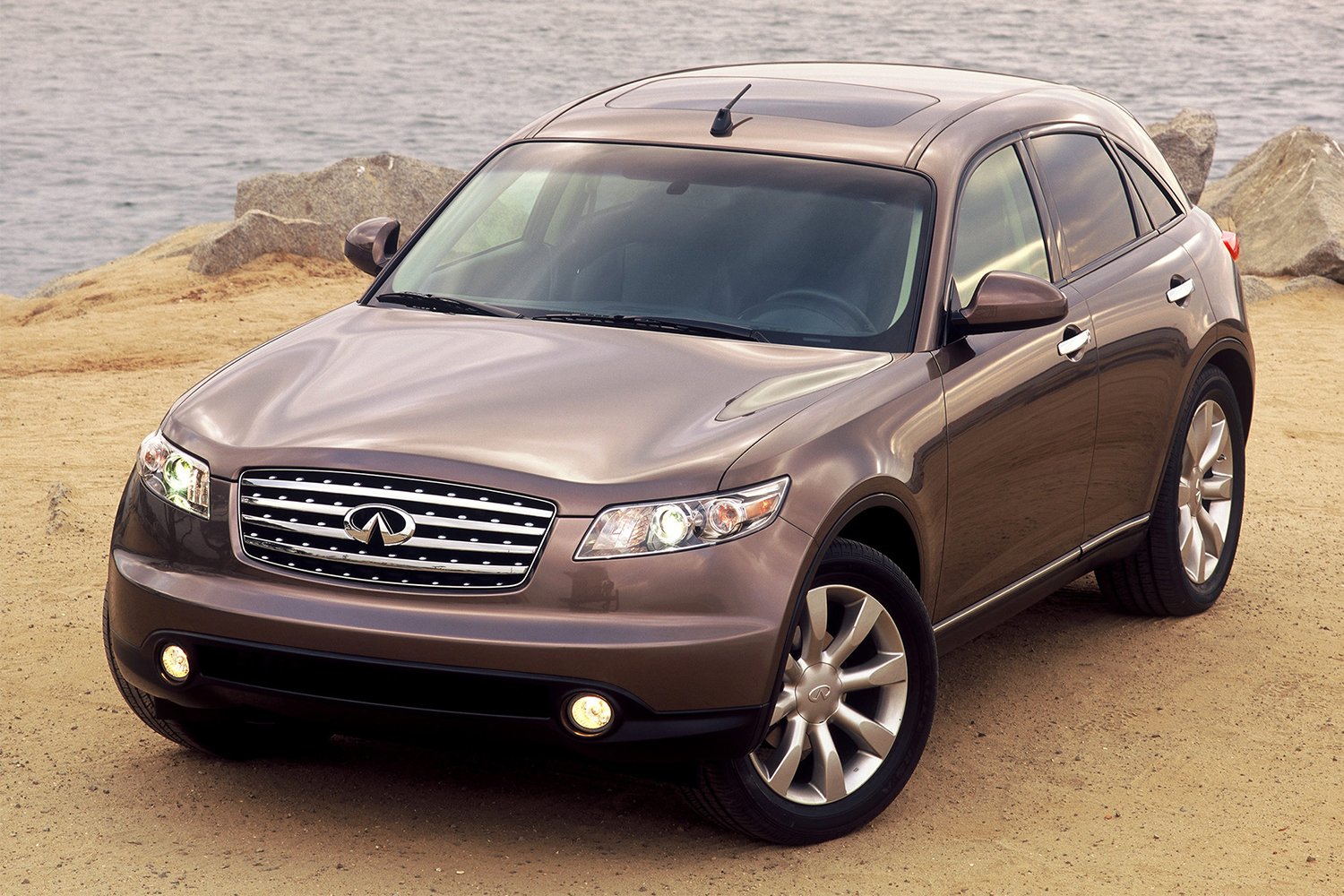
Delivering on a Promise
The Infiniti FX was at the tip of the brand’s early 2000s shift from purveyor of comfort-focused cruisers to posh thrill rides. The G sedan and its accompanying two-door were legitimately exciting to drive and stirred comparisons to the dominant BMW 3 Series in an era when that model still reigned supreme on the skid pad. Adding the FX to the mix as the crossover version of its athletic stablemates, sprinkled with a little bit of Z dust from the marketing department, gave Infiniti a much-needed edge as it strove to stand out from the rest of the premium crowd.
Notably, neither of its Japanese competitors followed suit. Lexus has yet to produce a sporty SUV of any kind, and Acura didn’t put a spring in the MDX’s step until the Sport Hybrid model appeared more than a decade later. This gave the Infiniti FX a unique cachet among import luxury buyers willing to deviate from the default German path.
A turn behind the wheel revealed just how different the FX truly was from other hopped-up SUVs. Even when found with its 315-horsepower V8 under the hood, the crossover was as much as 600 pounds lighter than many of its contemporaries, allowing it to out-accelerate mightier models while demonstrating a more engaging character from one corner to the next. Electing to forgo off-road posing had freed Infiniti’s engineers from having to overbuild the sport-utility’s chassis, thus delivering on its promise of a car-like comportment. A set of massive (for the time) 20-inch tires also delivered enough rubber on top-tier FX editions to add extra asphalt stickiness, and of course a sophisticated all-wheel-drive system was also on the order sheet.
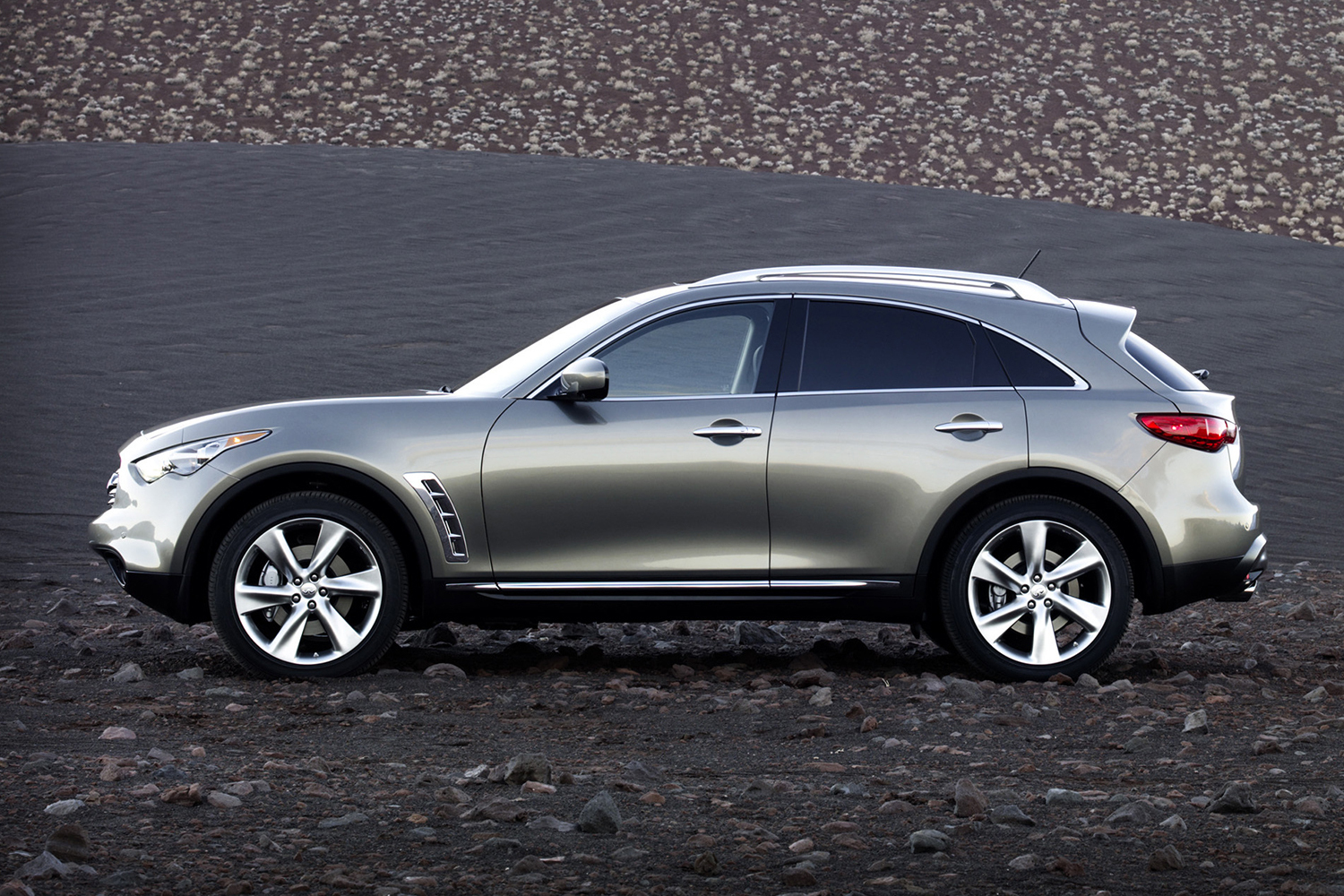
Failing to Follow Through
Initial response to the Bionic Cheetah was overwhelmingly positive, but mixed with more than a little confusion. Journalists loved its cat-like reflexes and exceptional speed, but had trouble understanding where, exactly, the FX fit into the established SUV pecking order. Down on space for rear-seat riders (and their accompanying luggage), it stood apart from the crowd with its appeal to drivers, rather than mom and dad, and it was paired with a bargain price that severely undercut Mercedes-Benz et al.
As the years wore on, Infiniti’s competition responded to the introduction of the FX with sloped-roof beetle-backs of their own, with the BMW X6 and the Acura ZDX leading the charge towards the “crossover coupe” styling cues that eventually spread throughout much of the industry. The FX was itself redesigned for 2009, bringing with it a new suspension setup and slightly larger proportions, while staying true to original design spec’s focus on the driver rather than riders.
And then…nothing. Or at least very little, as Infiniti began to back away from what was once the crown jewel of its SUV portfolio. While its V8 engine had been punched out to 5.0 liters after its redesign (with output sitting at 390 ponies and 369 lb-ft of torque), Porsche, Mercedes-Benz and BMW quickly pulled away with their respective forays into turbocharging. Renamed the QX70 a few years later, the crossover played out the string with largely the same mechanical details and feature set, while every SUV around it escalated ever upward in a terrifying arms race of speed, gear and grip.
The FX/QX’s downfall paralleled Infiniti’s own descent into irrelevance among performance-seeking luxury buyers. No longer at the leading edge of excitement, the brand’s lineup had shuffled inexorably towards softer and more anonymously styled vehicles that were mostly forgettable from behind the wheel. With a trickle of just 6,000 or so customers adopting a Bionic Cheetah in its final years, and unable to generate the same level of low-volume profit seen by its pricier compatriots on the high-end scene, by the end of 2017 the model (having already lost its V8 engine) was put out of its misery.
The Infiniti FX is proof that being first to market with an exciting new automotive concept only counts for so much. In predicting the industry’s turn towards ever more potent SUVs shaped to a seemingly endless set of niches, Infiniti was ahead of the curve. But in losing its way — and much of its identity — in the ensuing years, the company refused to invest what was required to ride the crest of that wave.
The FX showed us the path to our SUV future, but ultimately had to settle for footnote status in the history books.
This article appeared in an InsideHook newsletter. Sign up for free to get more on travel, wellness, style, drinking, and culture.
